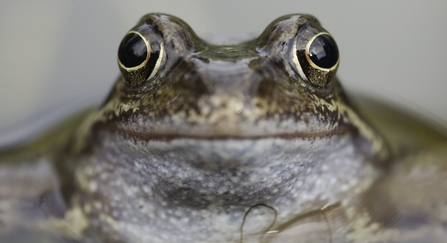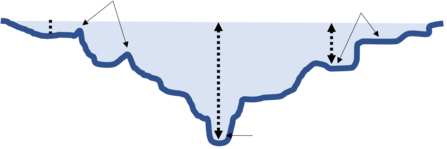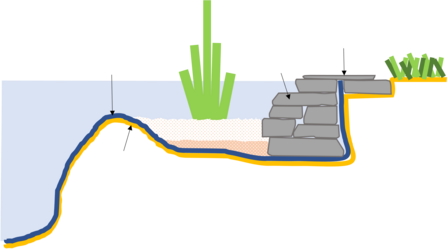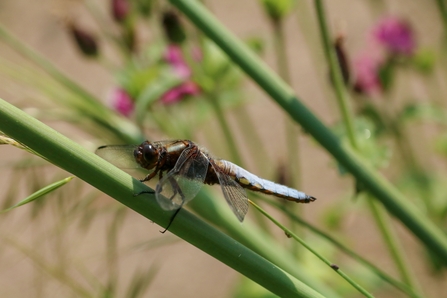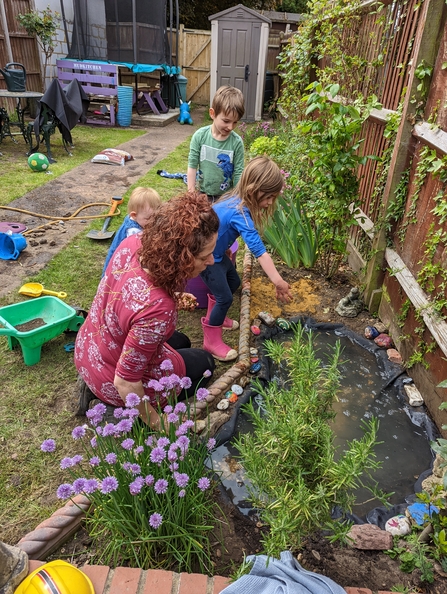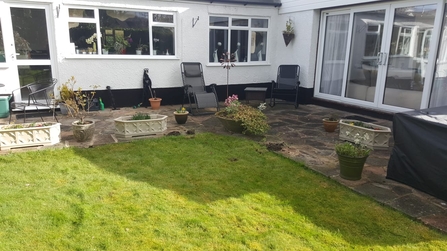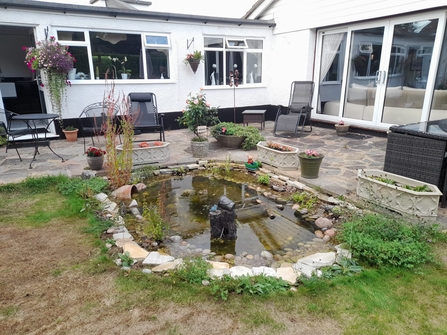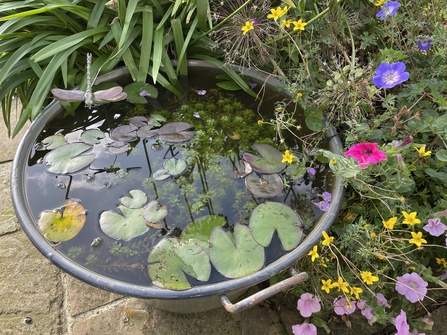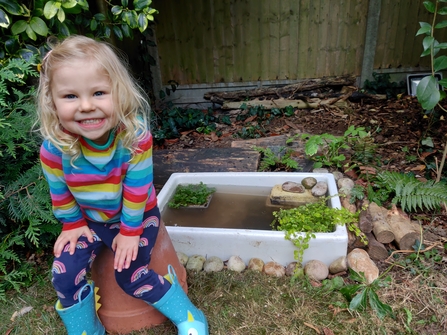Think chalk river margins, coastal rainforests and rockpools… environments where land meets water are usually supercharged for wildlife! Ponds support a huge range of species.
As well as an impressive diversity living in and on the water, ponds are wonderful for our terrestrial wildlife. They supply drinking water, shelter and a supply of both insect and plant-based food.
Over 75% of ponds have been lost in the last century. That’s almost 1 million ponds, along with all the biodiversity they supported, vanished from the UK landscape. We can collectively help reverse this by creating our own ponds for wildlife.


